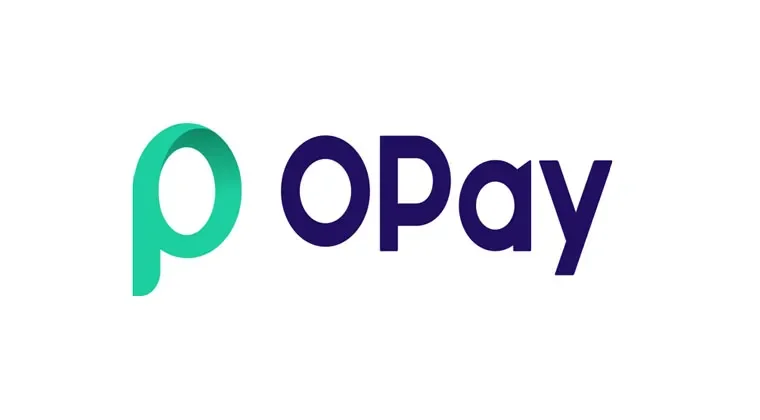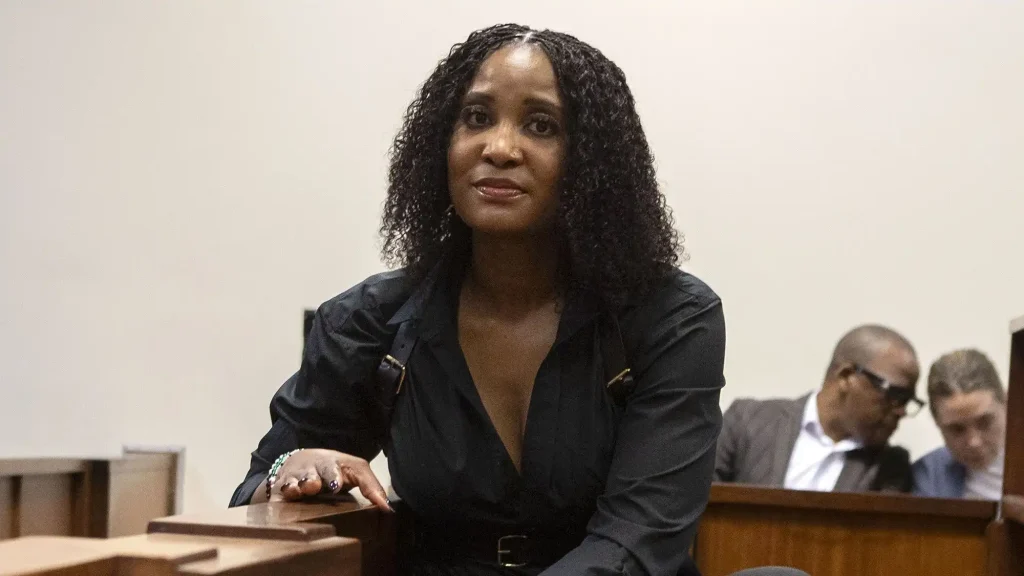Art has long been a powerful tool for activism, and in Africa, creatives are using their work to address pressing social and political issues. This article examines how artists and designers are leveraging their talents to inspire change and promote social justice.
The Role of Art in Activism Art can serve as a voice for the marginalized, offering a platform for expression and resistance. From graffiti murals that speak to political struggles to installations that highlight social injustices, African artists are using their work to challenge the status quo.
Case Studies of Impactful Art Highlighting specific examples, such as the work of South African artist Faith47, who addresses themes of inequality and human rights, can illustrate the power of art in activism. Additionally, community art projects that engage local residents in addressing social issues can showcase the potential of collective creativity.
Collaborative Efforts Many artists are partnering with NGOs and community organizations to amplify their message and reach wider audiences. These collaborations can result in impactful projects that combine art and activism, fostering a sense of community and empowerment.
Challenges Faced by Artists Despite the power of art as a tool for activism, artists often face challenges, such as censorship and political repression. Addressing these obstacles is crucial for ensuring that artists can continue to create work that sparks dialogue and drives change.
Conclusion The intersection of art and activism in Africa is a powerful testament to the resilience of its creatives. By using their talents to address social issues, artists are not only inspiring change but also empowering their communities to envision a better future.






















